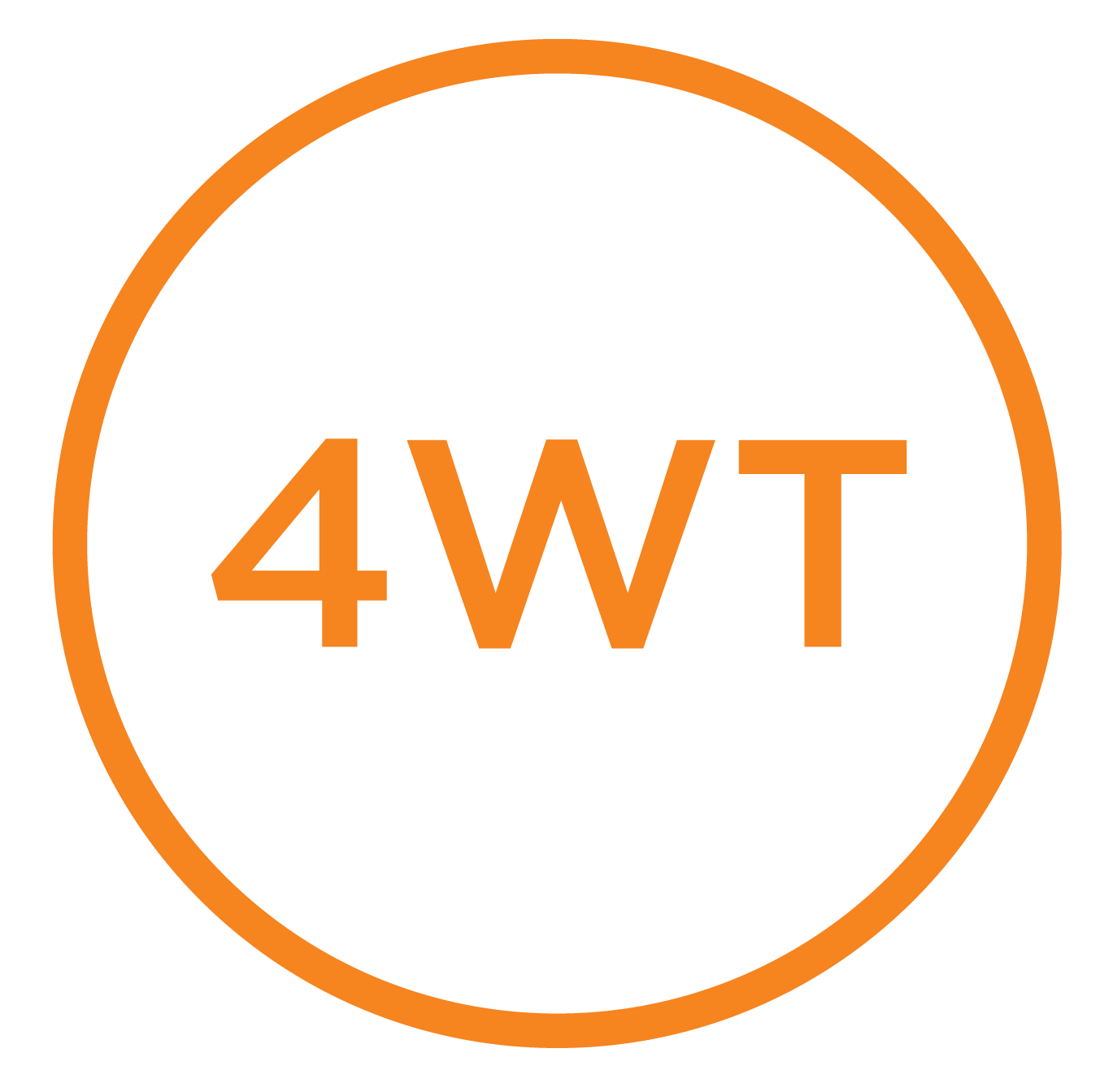5 Tips to Step Up Your Public Speaking
Public speaking can be terrifying. From a young age, I can recall that feeling of dread creeping in before stepping in front of my mercilessly judgmental classmates to present a book report on The Story of Ferdinand.
It’s actually quite common to have a fear of public speaking, in fact, Wikipedia told me that it’s estimated that 75% of people experience this fear, technically referred to as Glossophobia.
Luckily for us, there are some fantastic speakers out there who have shared some of their secret sauce to give killer presentations that actually get audiences excited.
I’ve assembled my favorite 5 tips here for you that have been sourced from amazing speakers like Jason Nazar and Marc Suster.
1. Create an Outline
There’s no hard and fast rule about what your outline should look like. Some people prefer a document with talking points in bullet form, others like to riff off of a PowerPoint or deck displayed on screen. Whatever your method, it’s important to have a clear structure that makes sense for you. It’s about telling a story and captivating the audience, not about rattling off statistics no one cares about.
Starting with a central theme and building your presentation around a question or premise is very helpful. Even great speakers can be boring if structure is lacking. How you roll out examples or stories that support your theme is up to you and again there isn’t a rule that one way is better than another. The best approach is do what feels authentic for your personal style.
2. Practice in the Space
This may seem a bit overkill to some but I have had great results by actually being in the space and practicing before hand. It helps to be where you’ll be standing and even do a technical walkthrough with your deck if you’re using a projector.
Often times there will be a set up day or period where you can easily slip in and do a run through of your presentation. I find this exercise very valuable because it allows you to pivot and explore new ideas on the day because your material is so familiar.
3. Film Yourself
We all know that practice is important but I’ve found that if you can get some video of yourself it is hugely helpful to analyze your strengths and weaknesses. It doesn’t have to be fancy, literally set your phone on a table and hit record.
You can only gain from this excerise. It’s challenging to be in front of an audience and most speakers have honed their skills through presentations over years and many failures. Get a jump start on not sucking and watch yourself actually doing your presentation.
4. Connect with Specific People in the Audience
A great tactic when you’re actually presenting is to pick people in the audience and speak to them specifically. It’s really about your state of mind but by looking at someone for a few seconds and making eye contact helps to keep the butterflies under control and remember that the audience is made up of people just like you.
Acknowledging that you’re speaking to a group of individuals can also help to keep you grounded and coming from a place of authenticity. Great presentations are marked by a confident speaker more than the content.
5. Tell Them What You Told Them
Ending your talk is couldn’t be more important. It’s typically the last thing before the Q&A where your audience can actually interact and respond to what you’ve shared with them (which is a barometer of how well you did).
Summarizing your main thesis or theme and the journey you have all shared can codify the experience to make it something memorable. Great comedians like Dave Chappelle do this to great effect by bringing the audience back to something they know and are familiar with. It’s like we’re now all part of a private club and you’re just reminding everybody so they don’t forget the secret password.
Public speaking is a wily beast and tough to wrangle. Certainly there’ s more to learn as the many books on the subject validate. I just hope that next time you’re facing an audience you can grab the bull by the horns and ride that lighting.
You can check out some of my public speaking in this presentation I did at UCLA.
